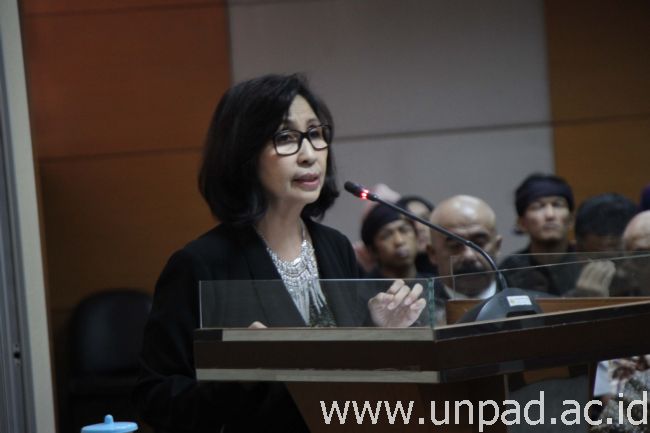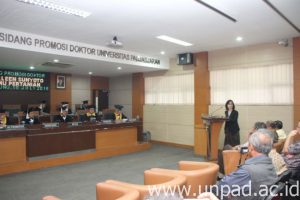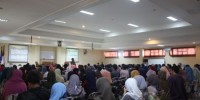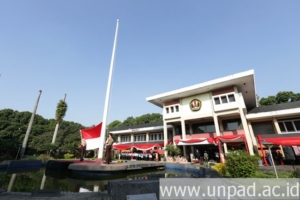[Unpad.ac.id, 18/07/2016] For nearly 100 years, people of Kampung Adat Cirendeu, South Cimahi has been consumed Rasi (abbreviation of Rice and (singkong or Cassava) as their staple food. Rasi is a solid waste product from the process of processing cassava into tapioca flour. Rasi is consumed as a form of food sovereignty, which is done on the basis of advice to avoid indigenous ancestral village of Cirendeu to certain food dependency.

This local value becomes inspiration for lecturer of the Faculty of Agriculture Industrial Technology (FTIP), Universitas Padjadjaran, Marleen Sunyoto, to contribute in improving national food sovereignty through efforts of food diversification based on local food potential. After she tried to develop Rasi fortification, as well as various other processed food based on Rasi with several of her students, this time Marleen developed Rasi as the ingredients of pasta from wood root fortification or what she called the “ Fettucine Pasayu ” , This product became her research output in a dissertation titled “Development Model of Cassava Pulp As New Food Product with Value Engineering Method.”
“This new food product aimed to be in parallel with rice, and to be alternative staple food for public consumption,” said Marleen during her presentation of the research in Open Panel Doctoral Dissertation Session in Pascasarjana Unpad Building Jln. Dipati Ukur No. 35 Bandung, Monday (18/07).
Pulp of cassava, or in this dissertation referred to as “Ambu”, already contained high levels of fiber. Marleen then added different content of nutrients, including protein, so that the protein content equalled to or was higher with commercial pasta products on the market. In addition, this pasta had enrichment fortification of vitamins B1, B2, B6, and Zn.
“We admit that pulp did not contain much protein, or even very littel. Therefore, I added green beans flour and corn flour to reach the appropriate formulation,” she revealed.
 This research consisted of four stages. In stage one, a search with the information of characterizing the quality of the chemical, physical, and sensory at 13 cassava clones with the criteria of HCN and starch content is low, but high in fiber and contained yield was conducted. In stage 2, the two formulations of fettucine Pasayu, each for corn and green beans that will be fortified is determined.
This research consisted of four stages. In stage one, a search with the information of characterizing the quality of the chemical, physical, and sensory at 13 cassava clones with the criteria of HCN and starch content is low, but high in fiber and contained yield was conducted. In stage 2, the two formulations of fettucine Pasayu, each for corn and green beans that will be fortified is determined.
Next was the third stage, which was the analysis stage after two formulations obtained by fortification of fettuccine Pasayu with corn and green beans flour. Then in stage 4, a development with engineering design packaging design of fettucine Pasayu.
“In the first stage, I discovered a clone that I determined appropriate and I used it for my next stage. It was Karikil Clone that was easily found in Cirendeu Village and Bandung Regency and its area,” she said.
Beside Karikil clone, she also discovered 3 other clones she determined appropriate from the analysis result of 13 cassava clones.
With her research, Marleen achieved a cum laude doctoral degree in Plant Science.*
Reported by Artanti Hendriyana / eh

